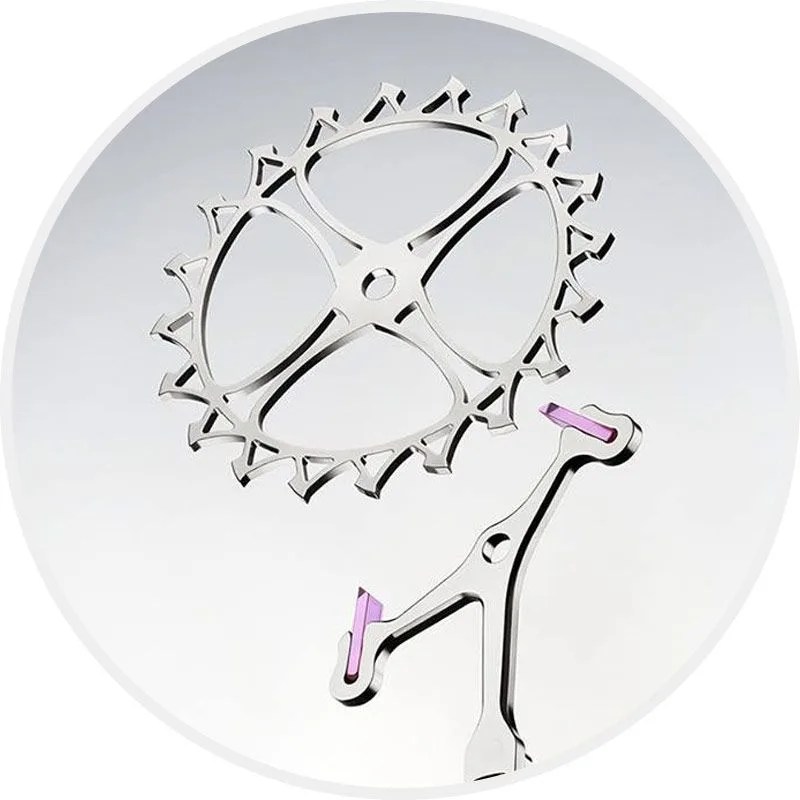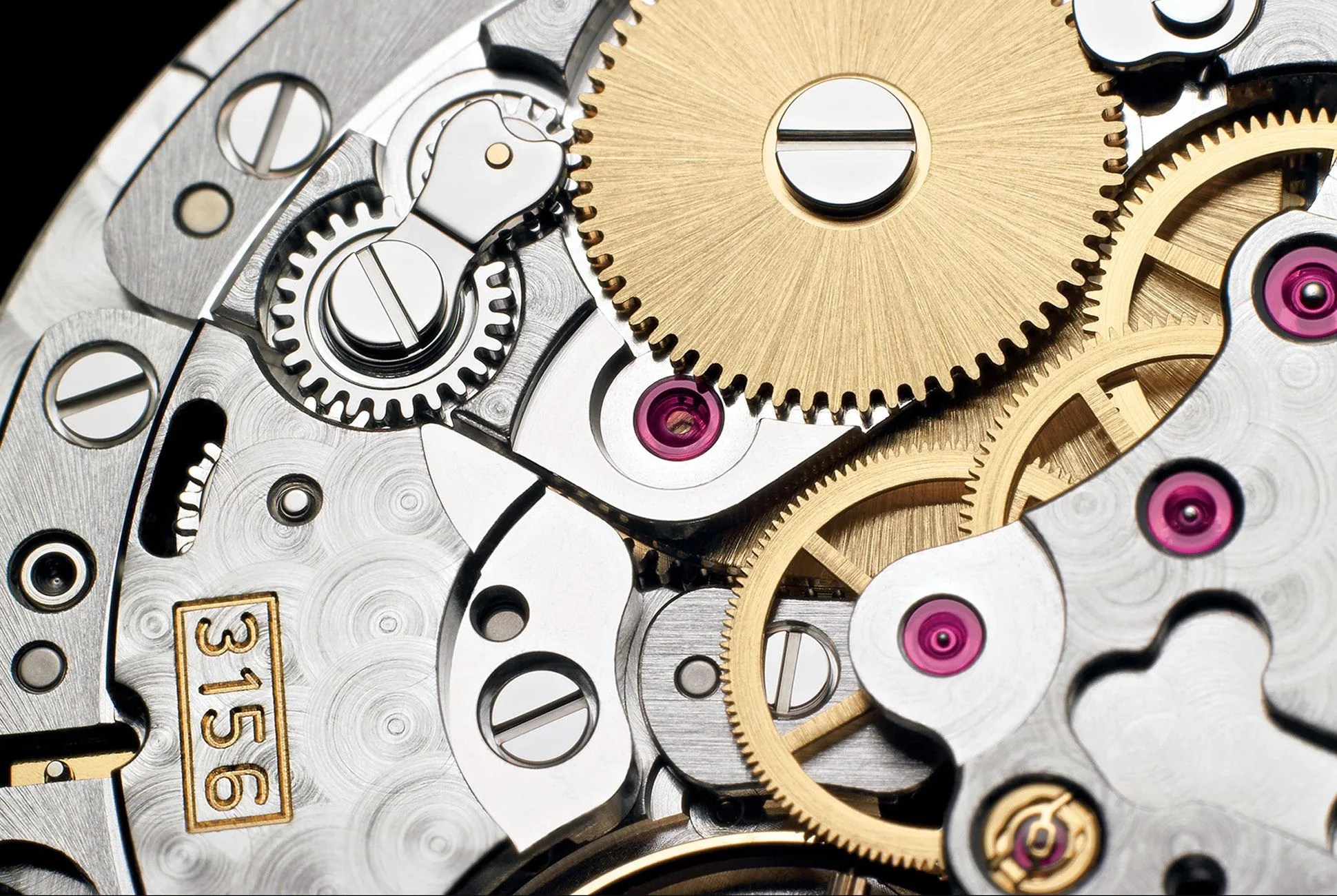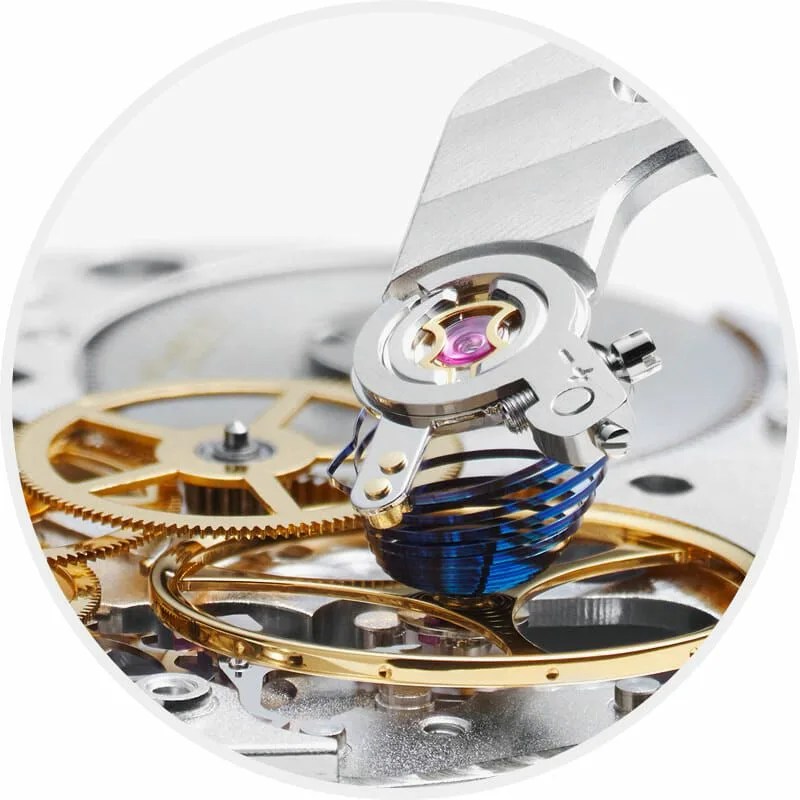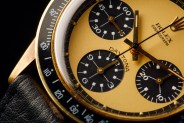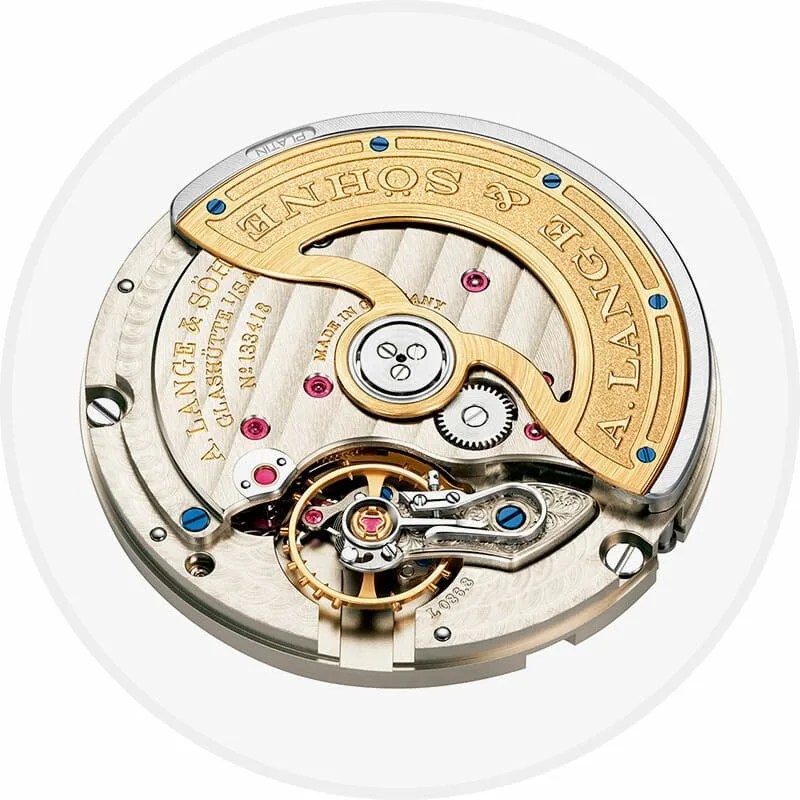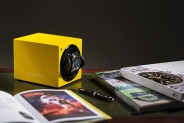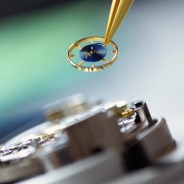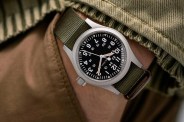Congratulations, you bought your first mechanical watch. That makes you the rightfully proud owner of more than just a timekeeper: that little disc on your wrist is an emblem of the culmination of art and science, a salute to man’s ingenuity. Whether you wear it just for special occasions or it accompanies you during all of life’s significant moments — and whether you paid a week’s salary for it or a year’s — it should serve you well, running trouble-free for many years. Set it and forget it. Strap it on and go. These are the pros of a mechanical watch.
But before you reap the benefits, there are a few things to keep in mind that will help keep that watch running flawlessly until you pass it on your offspring one day. Take some time to learn them thoroughly. Your timepiece deserves it.
How a Mechanical Watch Works
The basic architecture of almost every mechanical watch for the past three centuries is the same, proving what a truly ingenious and efficient machine it is. Unlike a quartz watch, a mechanical timepiece doesn’t get its energy from a battery. Instead, the power that drives the hands around the dial, and also drives any additional complications like a date function, a moonphase or a chronograph, comes from the unwinding of a tightly coiled flat spring.
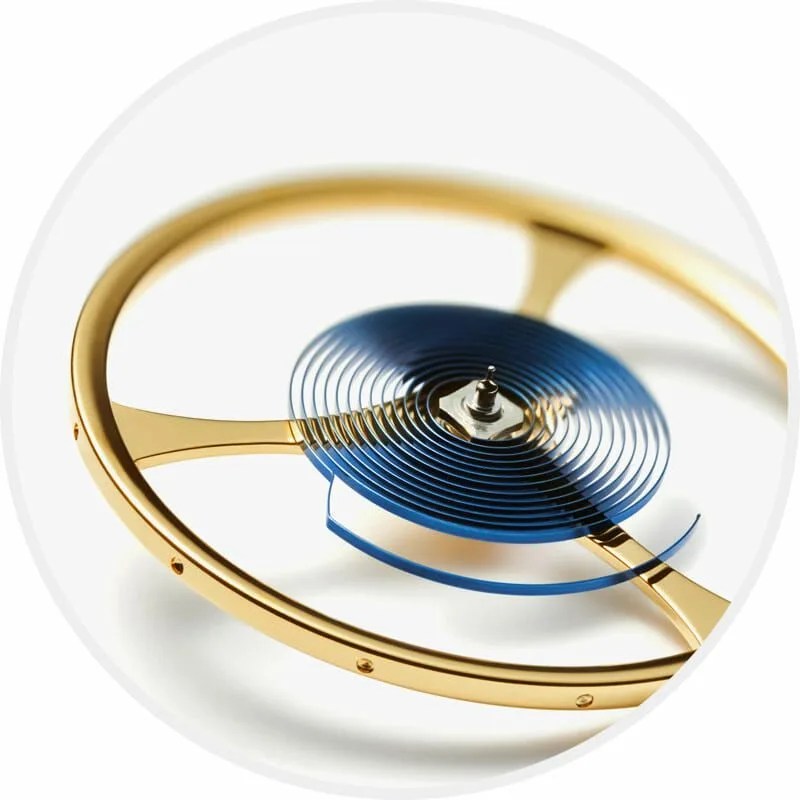
Left unchecked, this mainspring would quickly unwind and give up its energy in an instant. Therefore, the barrel that houses the mainspring meshes with a precisely-sized geartrain of toothed wheels that terminates in what is called the escapement. The escapement consists of a wheel that is caught and released intermittently by a pivoting lever. The pivoting of the lever is controlled by a delicate spiral aptly known as the hairspring. This so-called “lever escapement” controls the energy release from the mainspring, feeding back this power through the geartrain, driving the hands of the watch to count out seconds, minutes and hours.
